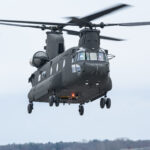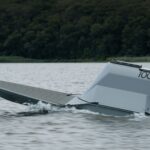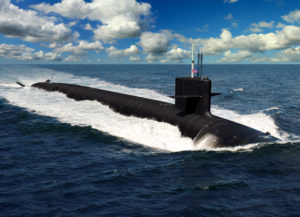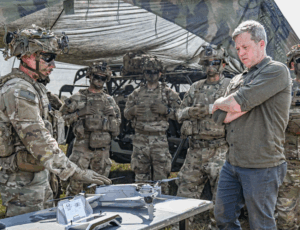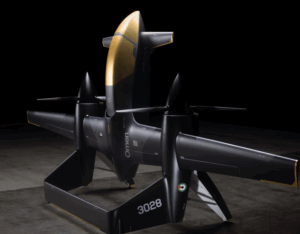
AI Investment. The Pentagon is planning to invest nearly $1.5 billion dollars over the next five years in its Joint Artificial Intelligence Center, Defense Secretary Lloyd Austin said on July 13. Speaking during an event hosted by the National Security Commission on AI, Austin noted the increased investment arrives as the department looks to proliferate AI efforts across the department and each of the services while implementing ethical use of the new technology. “The commission speaks of establishing ‘justified confidence’…


